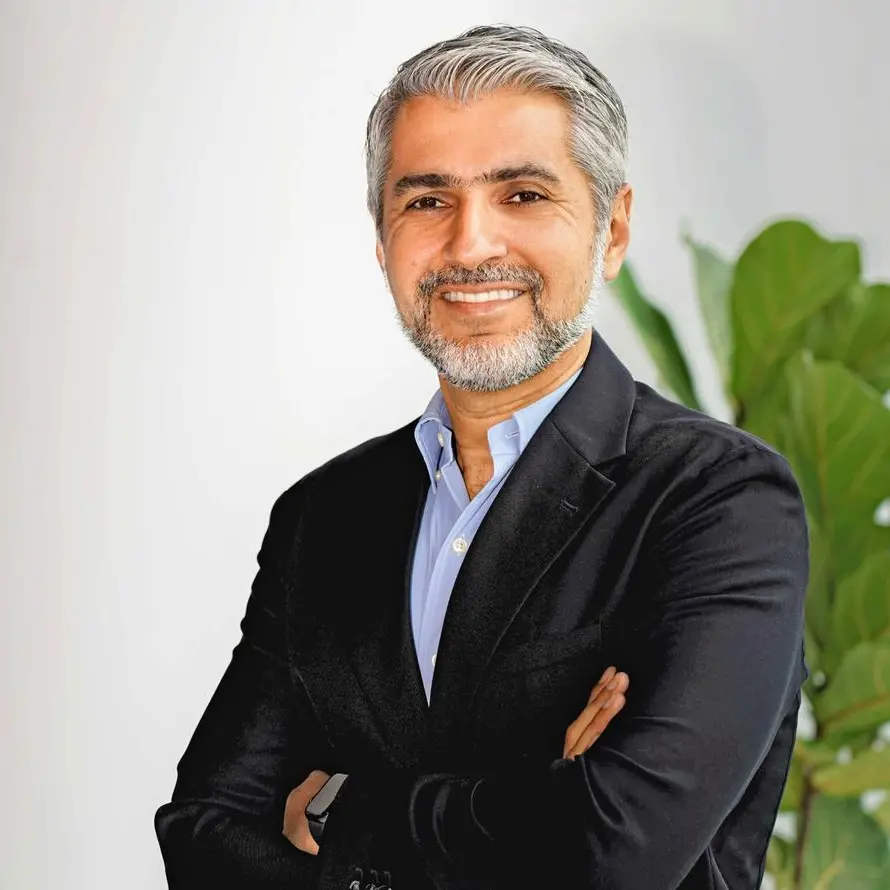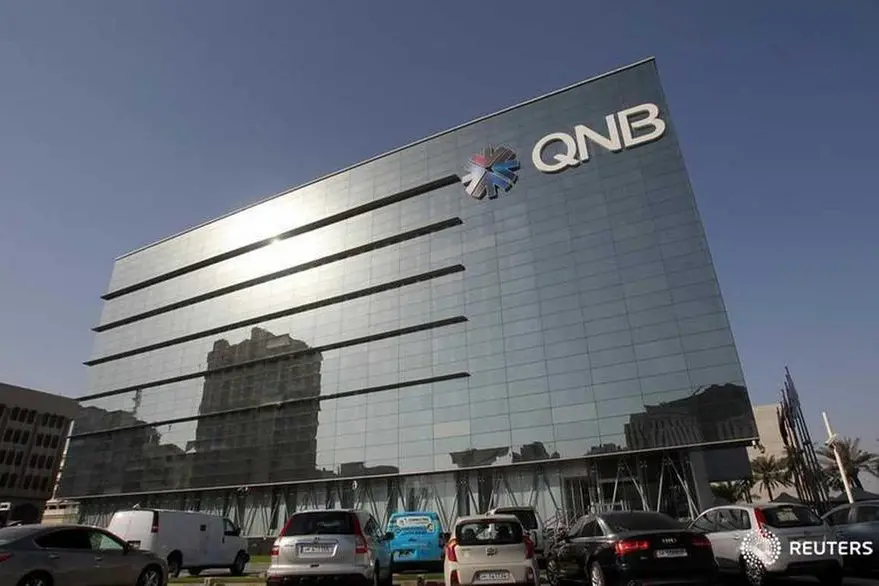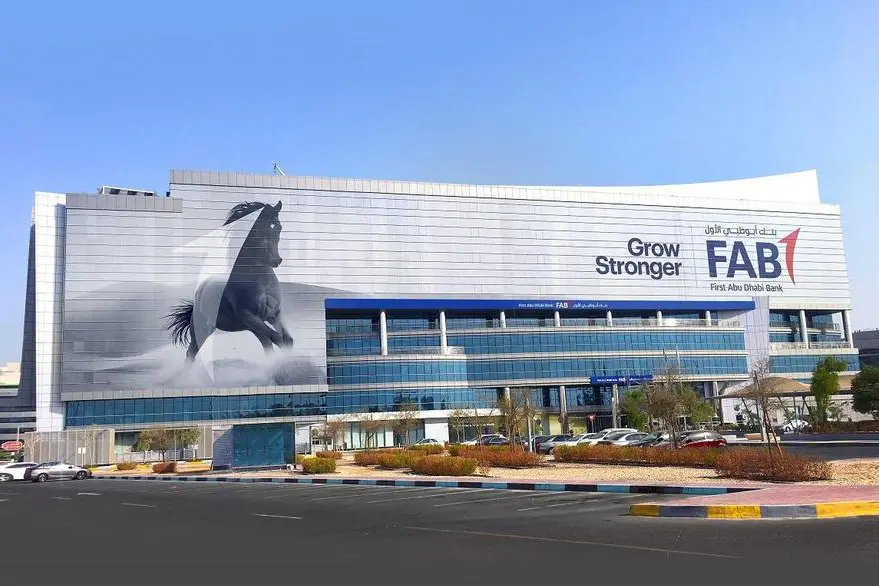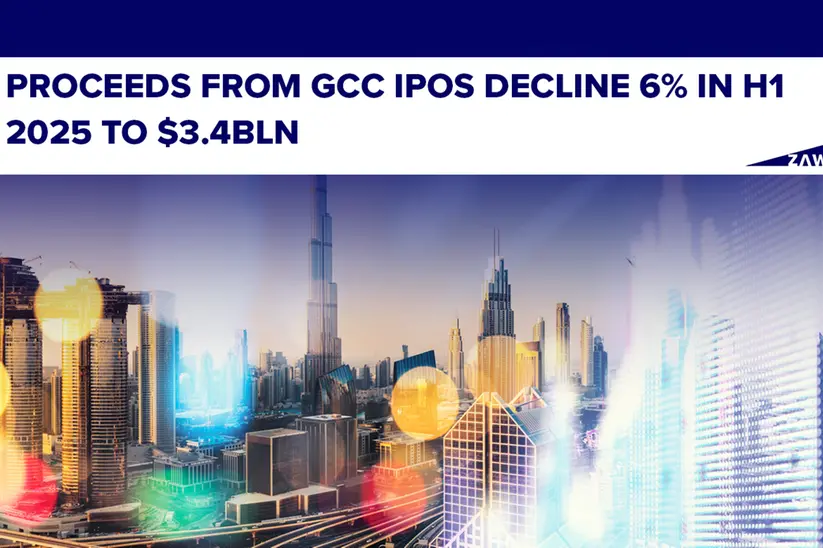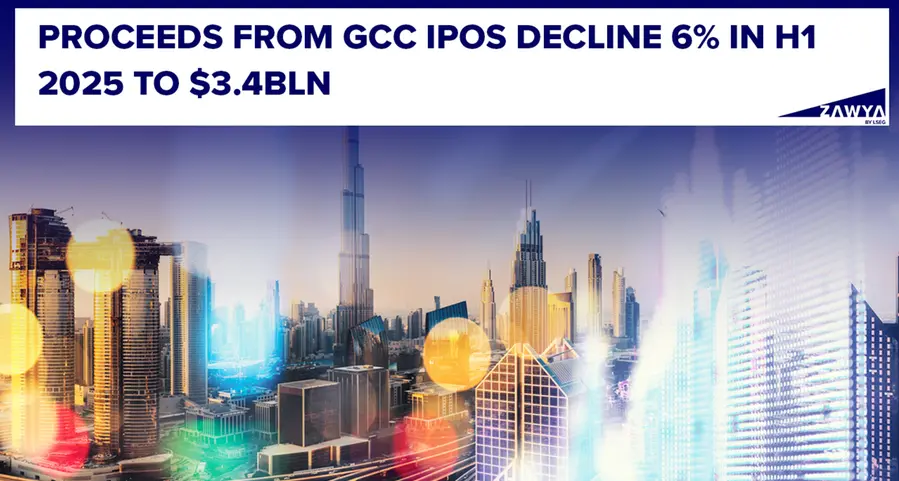Dubai, UAE:– PwC Middle East today launched a new report titled, Next in Insurance: Key trends shaping the future of the Middle East’s insurance industry which provides insight on some of the recent trends affecting the insurance industry. The report also identifies the necessary long-term changes required for Middle East insurers to serve a higher purpose in a fast-changing and uncertain world.
The events of 2020 led to unprecedented changes within the industry. Insurers were not only met with escalating obligations to policyholders, including increased life and health claims, but also went above and beyond in playing their role for a larger purpose such as offering free insurance to first responders, premium holidays, and policy term extensions. The region’s insurance industry proved its relevance in a time of extreme crisis, not only as an essential economic player but also as a provider of protection and peace of mind for businesses and individuals around the world.
Following the effects of the Covid-19 pandemic, the industry had to undergo rapid transformation. From demographic changes to rapidly evolving customer needs and expectations, coupled with a dynamic shift in the buying behaviour towards online channels, insurers took the opportunity to rethink their long-term strategies.
The report identifies three key trends expected to affect the future of insurance:
- The digitisation agenda
Automation and AI are already changing the way insurers interact with consumers across the value chain—from product design to underwriting, pricing and claims. Recent advancements in the digitisation of client interactions have included the growing use of bionic advisers that integrate human and digital client experiences. Technology has made it possible for life insurers to predict and intervene in health events based on a simulated digital twin of a customer. In order to thrive in the current industry landscape, insurers must embrace the digital revolution. The digital world will reward those who can innovate and adapt quickly, and insurers need to be on the offensive with the right strategy, capabilities and urgency needed to win.
- Reimagining customer value
To remain competitive, insurers must reimagine how they serve customers, provide advice, and capitalise on new partnerships and innovative engagements in order to create sustainable business models that drive growth and enhance the customer experience. The Insurtech phenomenon is a great example of addressing customer needs in real time by utilising data and new technologies to create tailored experiences and products. While Insurtech is still at an early stage in the UAE, there are promising examples of insurers and start-ups working together to use new technologies for the benefit of customers. Insurtech accelerators have also started to widely pick up in the Kingdom of Saudi Arabia coupled with the penetration of insurance aggregators, taking c10-15% of the insurance market share.
- Focus on sustainability and ESG
The growing threat of climate change poses systemic physical and transition risks, with direct implications for the insurance industry. To protect against and prevent these risks, insurers will need to develop a deeper understanding of them in their portfolios, rebuild their risk models and pricing assumptions. Although the industry as a whole is at an early stage of understanding the ESG implications and ESG integration; insurers are increasingly looking at ways to integrate long term sustainability not only for shareholders but also focusing on leaving a positive influence on society and the environment.
Commenting on the report, Sanjay Jain, Partner, Financial Services and Insurance Leader at PwC Middle East, said: “Since the onset of the COVID-19 pandemic, the region’s insurance industry had to undergo massive transformation. In adoption to rapid digitisation and adoption of ESG standards, we expect to see more consolidation and M&A activity in the regional insurance industry as regulators continue to tighten their supervision regime particularly around capitalization / solvency. We also expect to see more product differentiation, with new products and features to be introduced in the market.”
He added: “As we look to 2025 and beyond, insurers must harness the momentum they have gained to meet a host of new difficulties. These include macroeconomic and structural headwinds, volatility and increase in interest rates, increased demands regarding climate risk, IFRS17 standards going live, and the exponential growth in digital innovation. Regardless of how insurers capitalise on these trends, they will need to reassess the future and reimagine their place in the world.”
-Ends-
